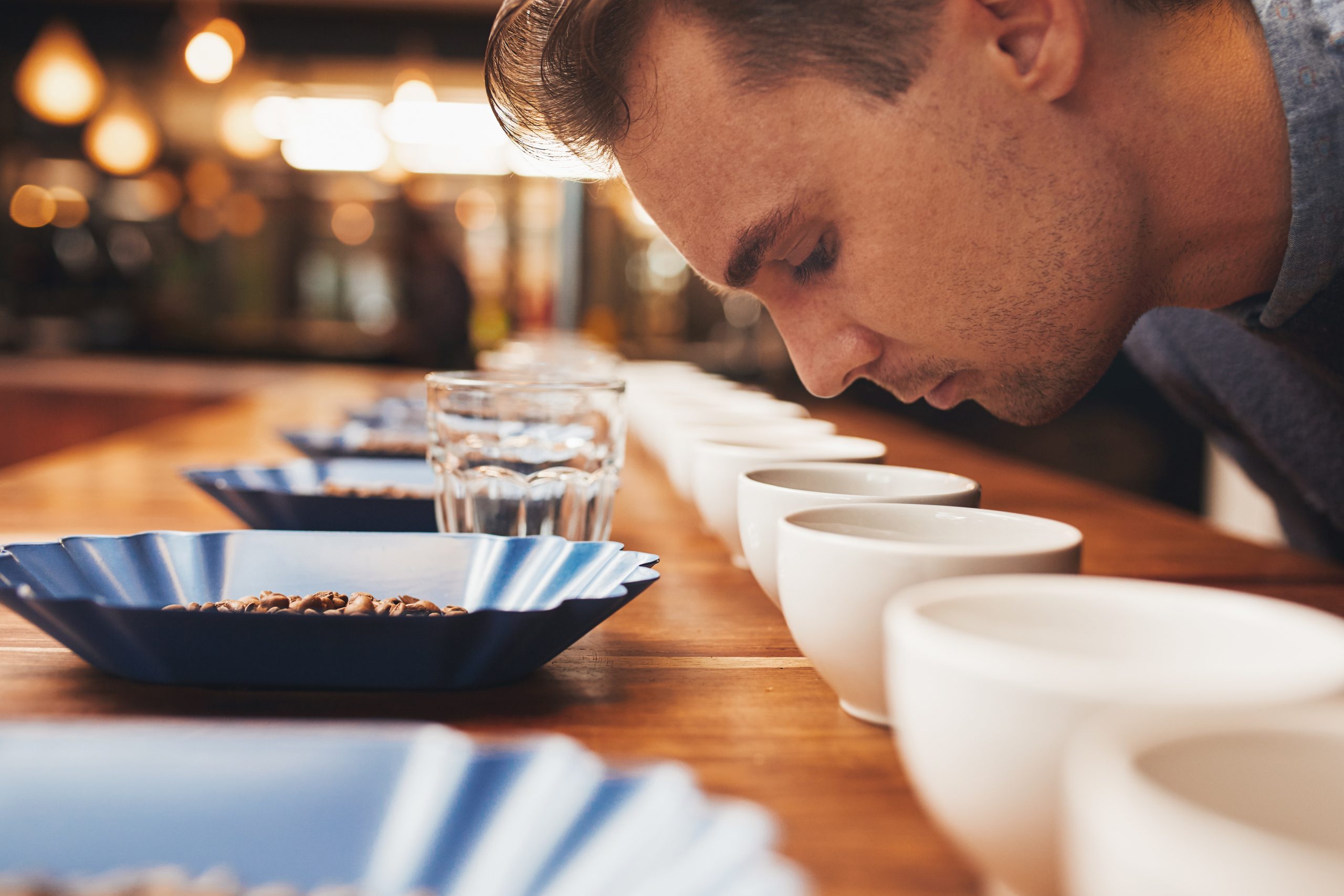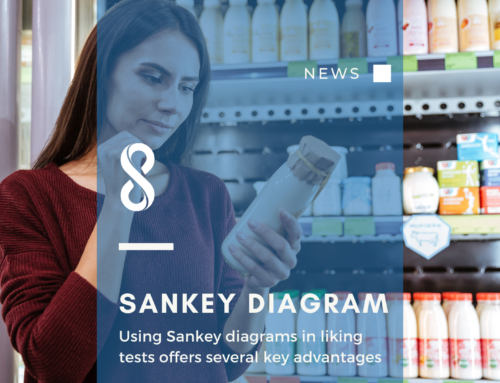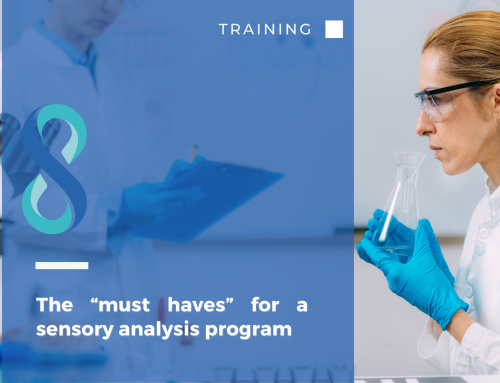Introduction to sensory analysis
Sensory analysis is gaining widespread attention as companies try to put on the shelves the best products money can buy. They know that our senses are the tools through which we perceive the world around us and they want make sure they hit the target when it comes to customer preference.
The human senses are extremely powerful. Through them we unconsciously and consistently gather an incredible amount of information that allows us to build mental models of the reality and express judgments and evaluations. This process sits at the basis of human evolution: if it is true that every one of us starts acquiring information through the senses the instant we are born, it is equally true that even before our birth we have a great deal of information stored in our genetic code, which reflects a more general behaviour of our species.
In the following section, we’ll introduce the basic concepts of Sensory and Consumer analysis– (overviews of S.A) (to introduce S.A)
Evaluating the perceptions of a human being
Each of us has its own taste for bitter and sweet flavours in food, but it is true that we have an enormously higher sensitivity to bitter than we have for sweet. We also know, both from research and from common knowledge, that we tend to prefer sweet over bitter. There is an evolutionary explanation for this.
In nature, most of the poisonous compounds have a bitter taste. By using this survival strategy, the subjects sensitive and averse to bitter tastes avoided poisonous foods and managed to live and to pass on this vital information in the genetic code of their descendants, preserving the future of the species.
The information acquired during evolution is now at the basis of the choices we make every day, influencing our behaviour, tastes and purchasing habits.
All companies should take these aspects into consideration when formulating their products.
However, in the real world, very often companies rely on the sensory skills of a single super-expert (e.g. the cheesemaker, the master brewer, the oenologist, etc.).
This practice does not always yield optimal results. According to a study published by Buisson, up to 75% of new products do not survive the first year of sales and are pulled off the shelves, because they fail to meet the consumers’ expectations. It doesn’t take a business degree to understand that this is pretty bad.
This happens because:
This is why that large companies do not entrust life-or-death decisions on their product to a single individual, but use sensory analysis to understand the opinion of consumers and obtain objective results.
Introduction of Sensory Analysis Toolbox
Sensory analysis is a scientific discipline, taught in colleges all over the world. It’s used to measure the sensations perceived through the senses. It provides a series of standardized techniques and methodologies that allow to obtain objective, reliable and verifiable results. Sensory analysis focuses more on the judgment of a group of people (panel) rather than of one single expert. This approach returns undoubtedly more representative and more reliable data which is processed with modern statistical tools in order to obtain reliable, sound and significative results.
If this process may seem expensive, complex or time-consuming, try to imagine how expensive and painful can be to find out too late that our product has not met the taste of consumers. Or think how much a company can save by modifying the production process (for instance, reducing cooking time) of a product without having the consumer notice any difference. Plenty other examples can be made: for instance, replacing an ingredient without altering the taste. Think about what happened when everybody decided to replace palm oil with other plant-based fats. All this can be achieved through sensory science applications. The diffusion of modern information technologies also allows to facilitate and simplify the use of these methodologies, significantly reducing the costs associated with them.
Summarising
Do you use sensory science in your line of work?
If yes, what is your main concern/challenge? If no, why not? Are there any obstacles that prevent you from using it?




